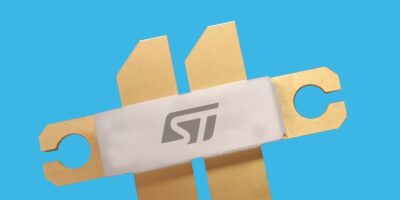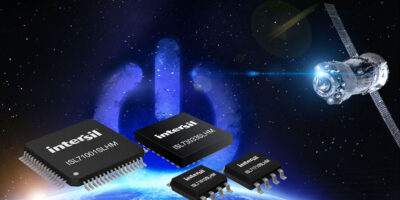Six SoCs have been added to the R-Car series by Renesas Electronics. The R-Car Gen3e series is a scalable series of devices for entry- to mid-range automotive applications that require high-quality graphics rendering. They can be used in integrated cockpit domain controllers, in-vehicle infotainment (IVI), digital instrument cluster, driver monitoring systems, and LED matrix lighting.
They have increased CPU performance up to 50k DMIPS and 2GHz speeds. to help vehicle manufacturers navigate demands for continuous user experience, security, and safety improvements.
As applications such as augmented reality navigation and artificial intelligence (AI) -based digital automotive assistants grows, OEMs and Tier 1s need to balance the demand for larger, higher resolution displays and high performance chips with rising bill of material (BoM) costs and longer development times, explained Naoki Yoshida, vice president automotive digital products marketing at Renesas. The R-Car Gen3e devices provide a migration path and full compatibility with Renesas’ current R-Car Gen3 SoCs.
The six models that have been added to the R-Car Gen3e SoCs series are the R-Car D3e, R-Car E3e, R-Car M3Ne, R-Car M3e, R-Car H3Ne, and R-Car H3e.
All have increased CPU, with the R-Car M3Ne, R-Car M3e, and R-Car H3e operating up to 2GHz.
An on-chip real-time Arm Cortex R7 CPU eliminates the need for an external vehicle controller combined with a Renesas PMIC, which reduces BoM costs. Development times are also reduced with reference designs for fast boot, human machine interface (HMI) and functional safety.
Renesas offers board support packages updated with the latest versions of the Linux and Android operating systems.
Pre-integrated software enables higher application integration, for example for 2D/3D cluster HMI, welcome animation, rear-view camera, and surround view applications, explains Renesas.
VirtIO technology allows developers to easily add the reference solutions to existing applications without changing the existing Linux or Android application
The SoCs also supports ASIL-B system safety requirements for applications such as telltale monitoring and camera freeze detection, as well as for true hardware separation in non-hypervisor cockpits
The R-Car Consortium (RCC) partner ecosystem includes system integrators, middleware/application developers, and operating system and tools vendors, providing innovative solutions for the connected car, ADAS, and gateway markets that enable customers to reduce development time and accelerate time to market for new products.
The R-Car Gen3e SoCs are sampling now.







